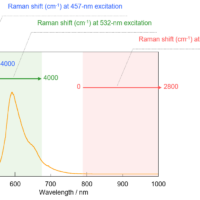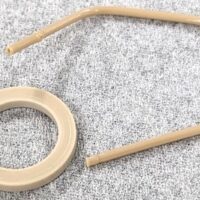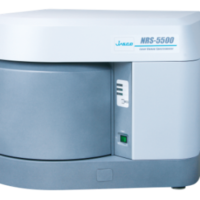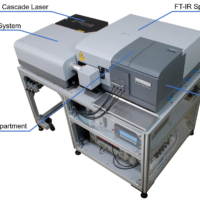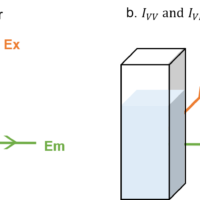Introduction
Raman spectroscopy is a popular method for analyzing molecular structure and is considered a complementary technique to infrared spectroscopy. Recently, Raman has been attracting the attention of FT-IR users because it offers several important advantages over FT-IR. Raman spectroscopy is a non-contact and non-destructive technique and measurements can be made with easy sample preparation. Samples can be measured with a spatial resolution as small as 1 µm and depth profiling can also be easily performed on transparent samples. However, in some cases, good quality analysis by Raman spectroscopy can be adversely affected by interference from fluorescence.
The JASCO NRS series of Raman spectrometers incorporates several fluorescence compensation features, including; a confocal optical system, multiple laser excitation wavelengths and a simple, but powerful, fluorescence elimination algorithm (patented).
In this article we evaluated the Raman spectrometer fitted with a 457 nm laser for the measurement of samples that exhibit fluorescence, to determine if this can be a better alternative to red and NIR lasers such as 785 or 1064 nm excitation.
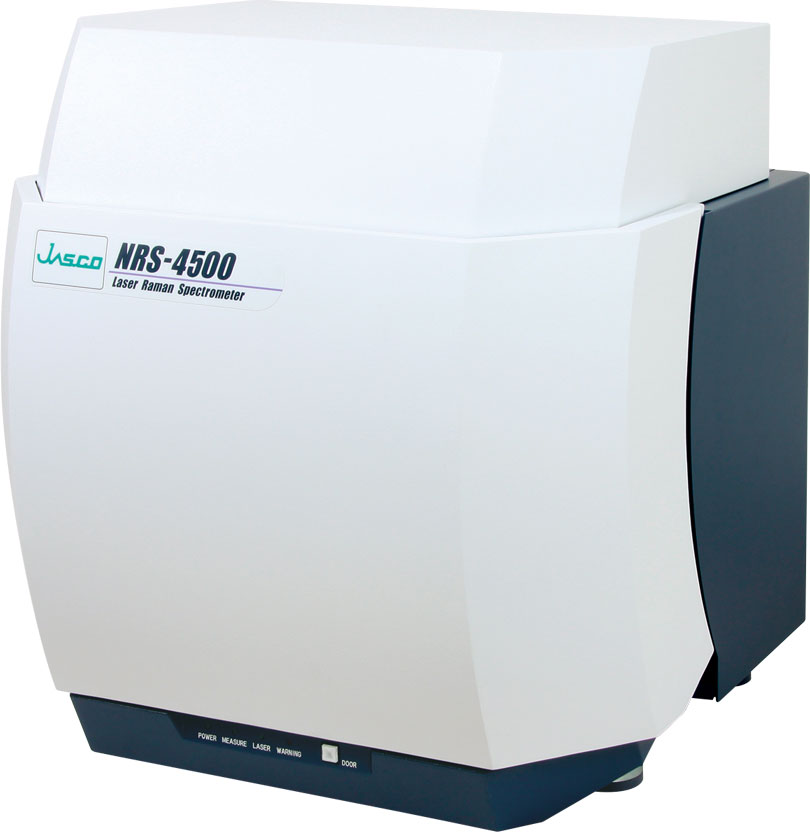
NRS-4500 Raman spectrometer
Methods for minimizing fluorescence
Both Raman scattering and fluorescence are phenomena where the wavelengths of light emitted from a sample are different than the wavelength of the input excitation light. If the wavelengths of Raman scattering and fluorescence overlap, it is impossible to obtain good Raman spectra. The NRS series Raman instruments have three tools for reducing or eliminating unwanted fluorescence.
- Fluorescence correction algorithm (included in the Spectra Manager II software. JASCO patent)
- Reducing the aperture in the confocal optical system for using higher spatial resolution (when fluorescence is emitted from the surroundings)
- Changing the wavelength of the excitation laser (when the sample itself emits fluorescence)
Regarding method 3, the wavelengths of Raman scattering do not change even if the excitation wavelength is changed, while the fluorescence wavelengths are dependent on the excitation wavelength. Therefore, it is possible to minimize or even eliminate the overlap of the Raman scattering and fluorescence by changing the excitation wavelength. As Raman spectra are displayed as a shift value from the excitation wavelength, Raman peaks always appear at the same position independent of the excitation wavelength and so Raman spectra with substantially minimized fluorescence can be obtained. An additional benefit of using the 457 nm laser is that the intensity of Raman scattering is inversely proportional to the fourth power of excitation wavelength, therefore by using a shorter wavelength laser as the excitation source, Raman scattering intensity can be substantially increased while minimizing fluorescence.
The 457 nm laser as shown in Figure 1 has a shorter wavelength than the 532 nm laser and offers two important advantages; the same CCD detector can be used as with the 532 nm laser and the Raman scattering intensity can be up to 1.8 times higher when using a laser of equal power output.
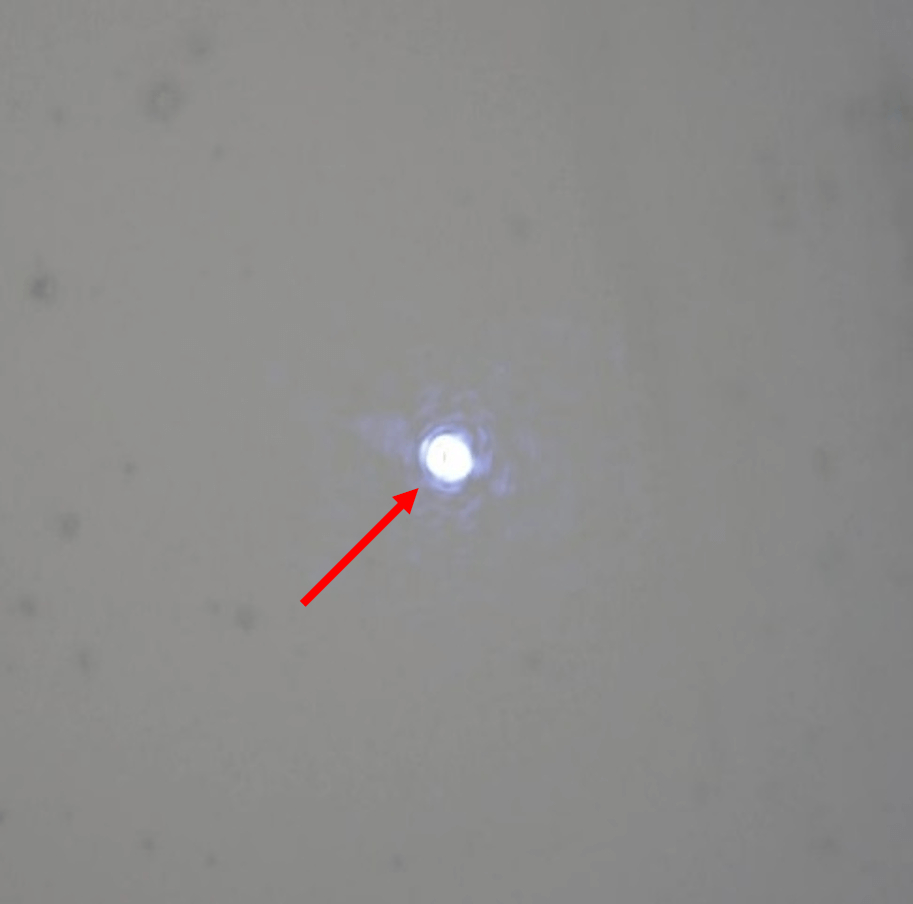
Figure 1. 457 nm laser spot (a blue-purple-color)
Results
A fiber sample was measured using the laser excitation wavelengths of 457 nm, 532 nm and 785 nm; measurement parameters are outlined in table 1.
Table 1. Excitation Wavelength Measurement Parameters
| Wavelength [nm] | Grating [Line/mm] | Measurement time[sec] | Number of scans |
| 457 | 900 | 30 | 2 |
| 532 | 900 | 5 | 12 |
| 785 | 400 | 30 | 2 |
The spectra in Figure 2 demonstrate that using excitation wavelengths at both 532 nm and 785 nm result in strong fluorescence which completely obscures any peaks of the Raman spectrum. However, by using an excitation wavelength at 457 nm, the fluorescence interference exhibited by the other excitation lasers is quite reduced.
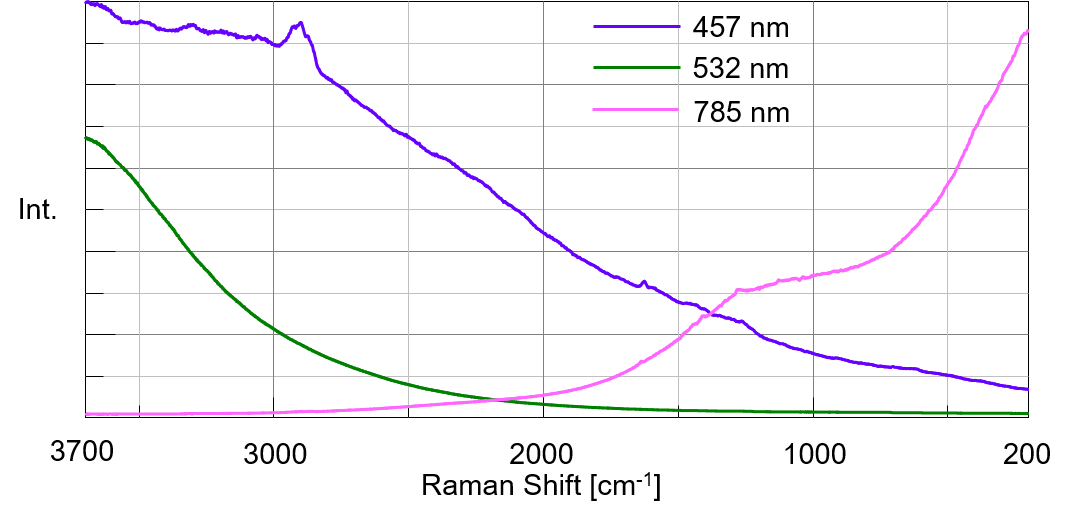
Figure 2. Overlaid spectra for three laser excitation wavelengths
The spectrum obtained using the 457 nm laser and the fluorescence correction software resulted in data which could be compared to a database library spectrum and the measured sample was correctly identified as a nylon-6 fiber (Figure 3).
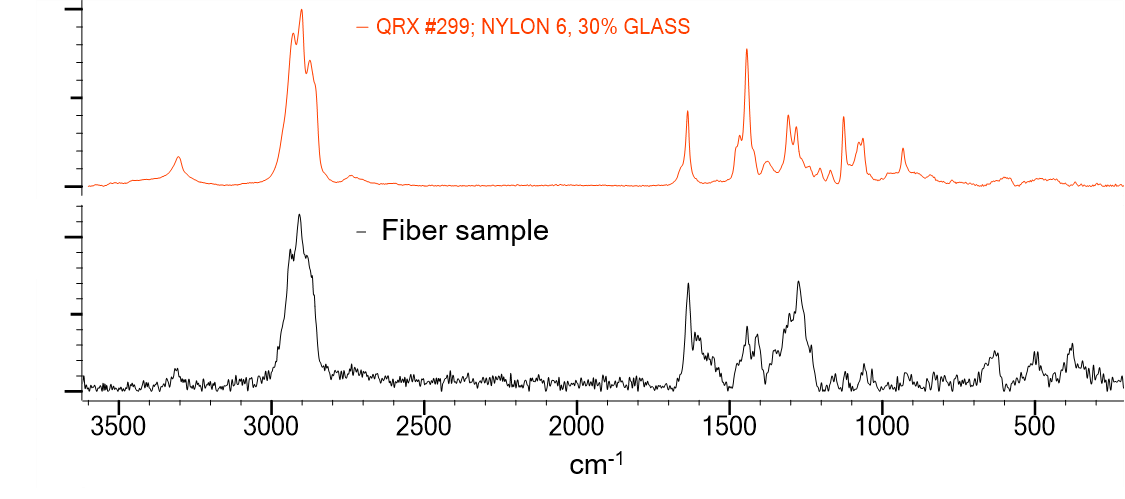
Figure 3. Database Search Result
Conclusion
A nylon sample fiber was measured using the ‘standard’ 532 and 785 nm excitation wavelengths and the results for both lasers demonstrate a strong fluorescence emission. However, using the shorter (higher energy) 457 nm laser excitation, which offers a significantly higher Raman scattering intensity, proves to be an extremely effective method to minimize the effects of fluorescence.
In addition to the nylon test fiber, we used the three-laser Raman spectrometer (582 nm, 457 nm and 785 nm) to evaluate a range of samples that exhibit strong fluorescence, such as polyimide and biological materials and found that the 457 nm excitation wavelength offers spectra with much lower fluorescence than the ‘standard’ combination of 532 nm and 785 nm laser excitation wavelengths.

